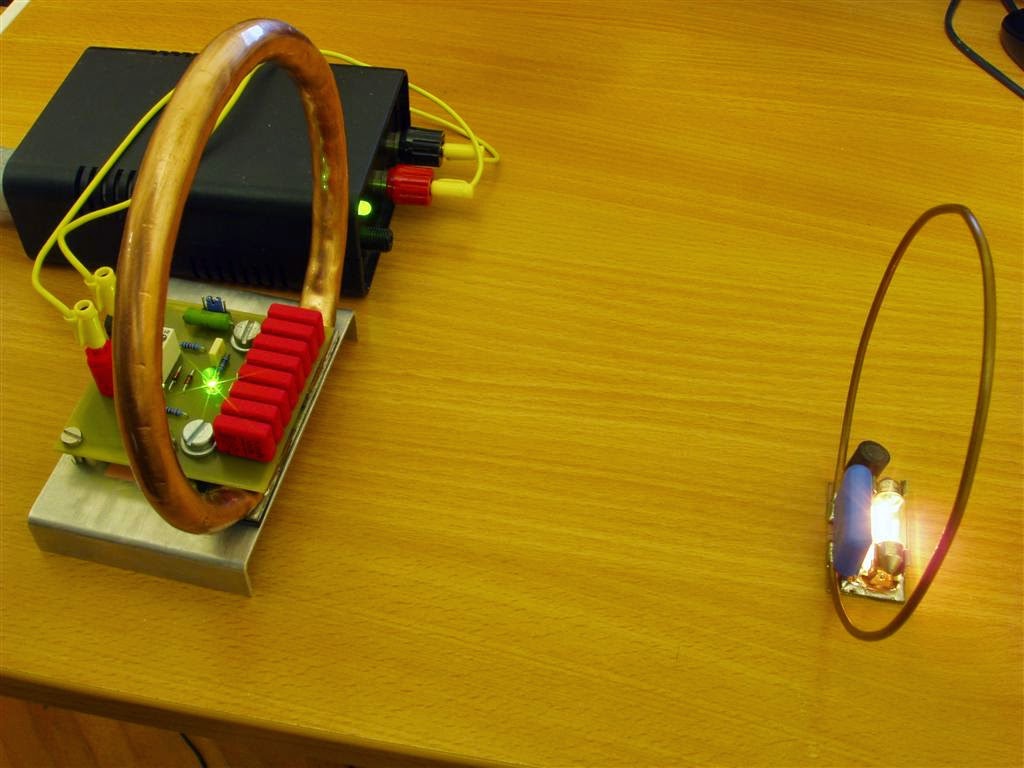Redesigned Genesis G80 for 2021
This is a photo I took from Seoul's main railway station. The cars are Japanese-made, the busses are Korean bodies placed on army truck chassis' -- and I am not sure about the hopsung vans' basis.
Early Korean imports to the USA were not impressive, but Kia and Hyundai rental cars I've driven in recent years have been satisfactory. (My personal cars over the last 15 years have been a Chrysler 300 and three Toyota RAV4s.)
A large leap for the Korean industry, following the footsteps of Toyota's Lexus brand, is Hyundai's Genesis. The subject of this post is the redesigned for 2021 Genesis G80 luxury sedan.
The 2017 Genesis G80. The Wikipedia entry above credits its design to Peter Schreyer, at the time director of Hyundai styling.
Here is the 2021 Genesis G80, Luc Donckerwolke given overall styling credit. Wheelbase and length are almost exactly the same as those of the 2017 car, but the body appears to be entirely new.
Side view of the 2017 G80.
2021 G80. In profile, the new G80 is less boxy than the previous model. The shoulder height character line falls slightly to the rear from a point near the cowl. Side sculpting is mercifully simple, as should befit an upscale sedan. The most interesting details are the double-bar lights seen at the front, abaft of the front wheel opening, and at the rear. These are highly distinctive and help to unite the design. Very clever.
The rear of the '17 G80 is fairly conventional in a bland way.
The redesigned rear is very nice. The roofline is fastback right up to the aft spoiler. I am not sure about that supplemental short horizontal character line on the rear fender. In a way it's too close to the main character line, but it does tie to the taillight assembly.
Dramatic view of the front quarter showing those running lights. Donckerwolke and his team did a very good job at the front.
But the rear is even better in today's context of fussy styling clichés. Aside from the exhaust pipe area, the rear design is comprised of a concave oval-shaped area contrasted by angular taillight assemblies overlapping the sides. Simple, distinctive, nice.











Comments
Post a Comment